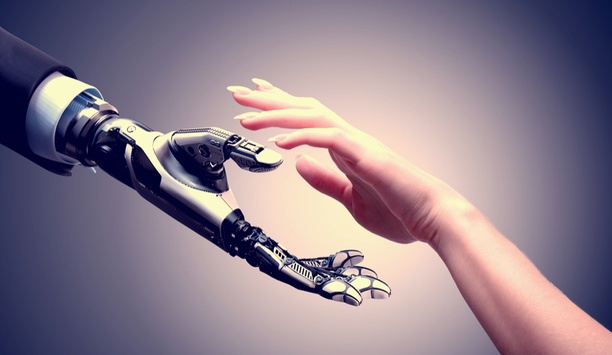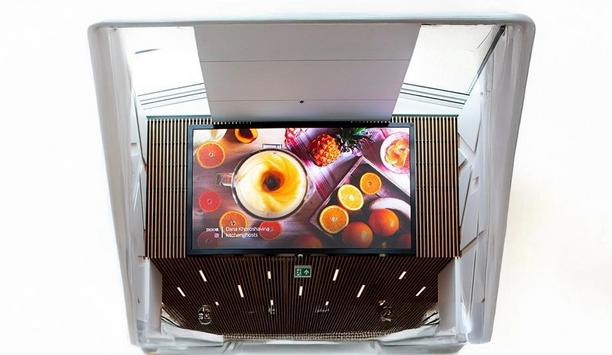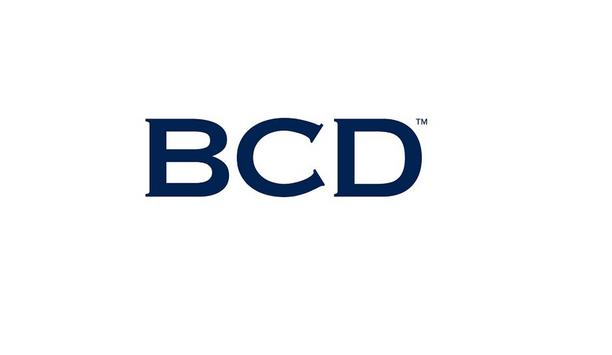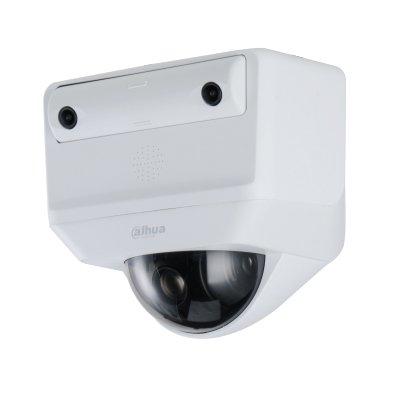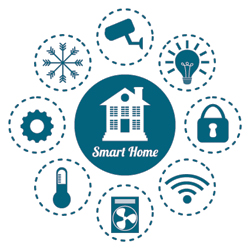 |
| Small-timers with big ideas can always make their way into the industry |
In recent years, home automation technology has given birth to the “Smart Home” in which internet-enabled and controlled devices are bringing a new level of comfort to the standard house. From locking doors to setting the temperature to opening the blinds for a view of the sunset, technology is transforming the home into something reminiscent of the now-quaint 1960s sci-fi cartoon, The Jetsons. Of course, we’re still waiting for our jet packs and flying cars, but the house itself is doing far more of the work than anyone thought possible just a few years ago.
Future of the home automation sector?
“We have seen a lot of consolidation over the last five to seven years, and a lot of it was because of the economy,” says Dave Pedigo, Senior Director of Learning & Emerging Technologies at the Custom Electronic Design and Installation Association. “As much as you see the potential for consolidation, I also see a lot of potential for startup companies that have the ability to make products and are innovative, serve a purpose and can change the industry.”
In an era of 3D printing, rapid prototyping and small companies powered by social media and crowd funding, small-timers with big ideas can always make their way into the industry, he adds.
“It’s put us into what I think is the next industrial revolution,” says Pedigo. “While a lot of this is going to very large companies, at the same time I wouldn’t discount small or startup companies that offer goods that are unique and useful.”
4K: Opportunities and challenges
"It’s put us into what I think is the next industrial revolution. While a lot of this is going to very large companies, at the same time I wouldn’t discount small or startup companies that offer goods that are unique and useful", says Dave Pedigo of CEDIA |
“Right now it seems like 4K video distribution will be the next big trend,” says Brad Hintze, Director of Product Marketing for Control4. “4K is the next step in high-resolution video and in our opinion it will not be like 3D. 4K will have staying power. It is for this reason that we came to market with our own suite of 4K video distribution equipment for the Control4 Smart Home.”
He believes content is the main driver, both in adoption and hardware design. Network providers like Comcast and Dish Network, all have their own roll-out plans for 4K channels and content, which will eventually bleed into consumer adoption.
“But from a hardware and automation perspective, it presents challenges because the industry standards for image display and copy protection are evolving rapidly,” explains Hintze. “Control4 recently released our fully HDCP 2.2 compliant 4K A/V Matrix switch products, which eliminates the black screen produced by playing copy-protected content from studios on non-compliant equipment. Being able to adapt to this wave is what will keep us ahead of the curve!”
Intelligent sensors for smart home
Industry experts predict that sensors in the home will reach a level of sophistication never considered in early versions of Smart Home. These devices will know when the house is empty and be able to shut off heating and cooling systems. Smart phone with geolocation will then tell it when the owner is on her way back so it can start adjusting the temperature to a comfortable level.
“There will be an app on a phone that shows that you’re going to be home in a few minutes,” says Rawlson O’Neil King, Communications Director of the Continental Automated Buildings Association. “Then the house unlocks when you are at the door. The garage opens after detecting you’re close to the house. You have lights that turn on and off at certain times by detecting your presence.”
Industry experts predict that sensors in the home will reach a level of sophistication never considered in early versions of Smart Home. These sensors will also end once and for all the question of “did I lock the door?” or “did I turn off the stove?” |
And, it won’t just be lights that turn on and off. Sensors in washing machines will know that clothes have been put inside and will start the cycle at a time when costs are at a lower level, he adds.
These sensors will also end once and for all the question of “did I lock the door?” or “did I turn off the stove?”
Home automation – a double edged sword
With the move towards home automation, the coming years will see a greater emphasis on security as more and more devices become accessible – and hackable – on the web.
As a security expert at the Federal Aviation Administration prior to joining Vivint as Chief Security Officer, Joe Albaugh saw attacks against critical infrastructure and industry.
“The underlying theme was they are computer connected, the data is online and accessible and many of the attacks and threats are exactly the same,” he notes.







